
All you want to know about us
Click here to share this article

Bouncy castles are a popular choice for parties, events, and celebrations, bringing joy to children and adults alike. However, when setting up a bouncy castle, safety and functionality are critical considerations. One common question is whether bouncy castles can be safely installed on a slope. In this comprehensive guide, we will explore this topic in detail, offering professional insights and practical advice.
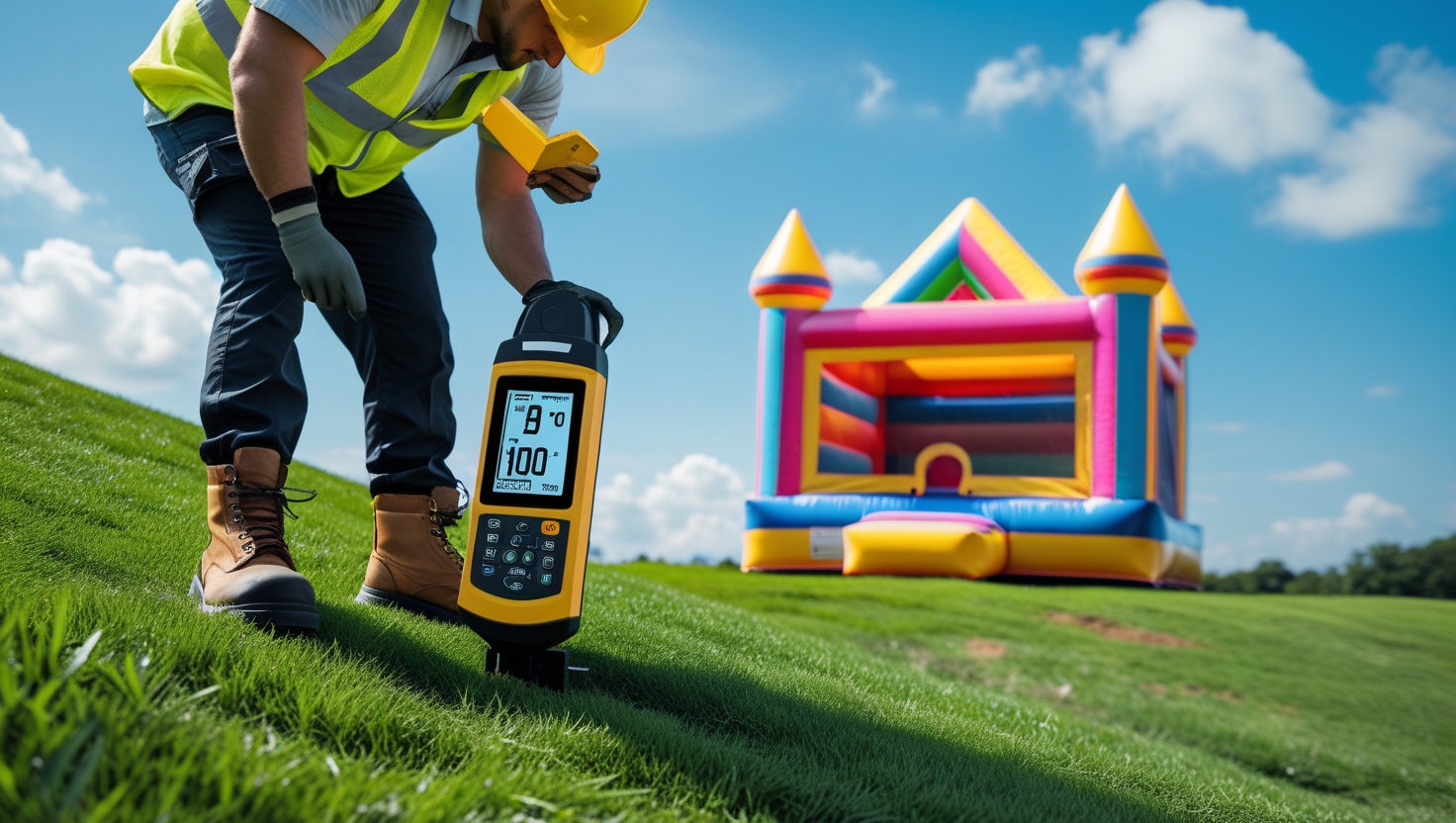
Understanding the Basics of Bouncy Castle Placement
Bouncy castles require a flat and stable surface to ensure they operate safely and effectively. While minor inclines may not always pose a significant risk, steep slopes can lead to issues such as instability, uneven wear, and potential safety hazards. Below, we delve into the key factors to consider when evaluating whether a bouncy castle can be placed on a slope.
Safety Concerns with Sloped Surfaces
1. Risk of Tipping Over
A slope can cause uneven weight distribution across the bouncy castle. As participants move within the structure, the imbalance increases the risk of the castle tipping over, especially if the slope is steep. This can result in serious injuries.
2. Reduced Stability
Bouncy castles rely on anchoring systems, such as stakes or sandbags, to remain secure. On a slope, these anchoring points may not provide sufficient grip, particularly if the ground is soft or uneven. Poor anchoring increases the likelihood of the castle shifting or collapsing.
3. Drainage Issues
Rain or accidental water spillage can flow more rapidly on a slope, potentially pooling at the lower end of the bouncy castle. Excessive water accumulation can make the surface slippery and unsafe for use.
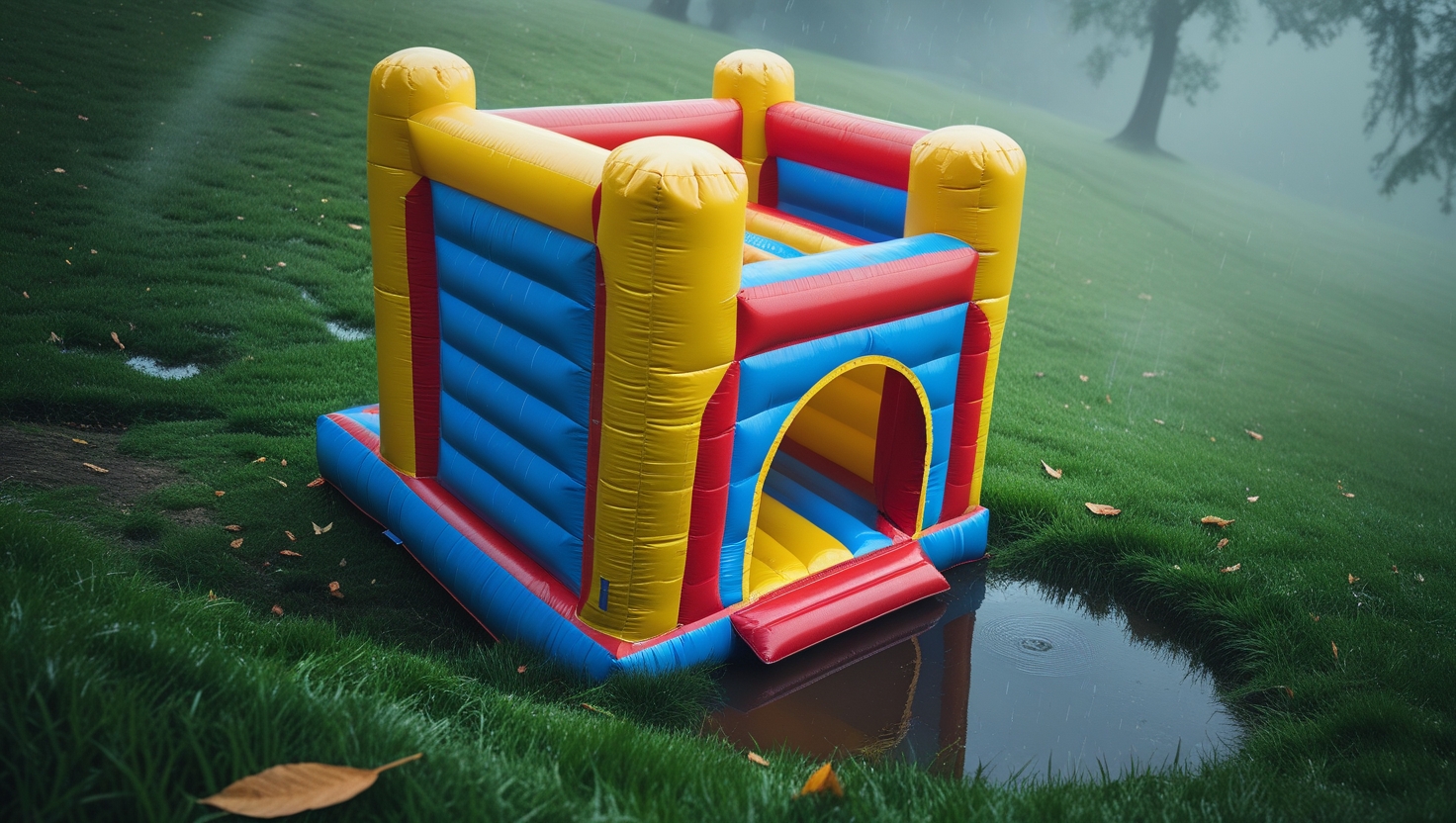
Best Practices for Installing Bouncy Castles on Uneven Ground
1. Assess the Degree of the Slope
Mild slopes, typically less than 5 degrees, may be manageable with proper precautions. Use a spirit level or inclinometer to measure the angle of the slope accurately. For steeper inclines, alternative solutions should be explored.
2. Utilize Stabilizing Techniques
If the slope is mild, stabilizing measures can be employed to mitigate risks. These include:
Leveling Mats or Platforms: Position sturdy mats or platforms beneath the bouncy castle to create a flat surface.
Additional Anchoring: Increase the number of stakes or use heavy-duty anchor systems to secure the castle.
Weight Distribution: Place sandbags or weights at strategic points to enhance stability.
3. Choose the Right Location
When possible, prioritize flat ground for bouncy castle installation. If your chosen venue has limited flat space, consider adjusting the layout of the event to accommodate a safer placement.
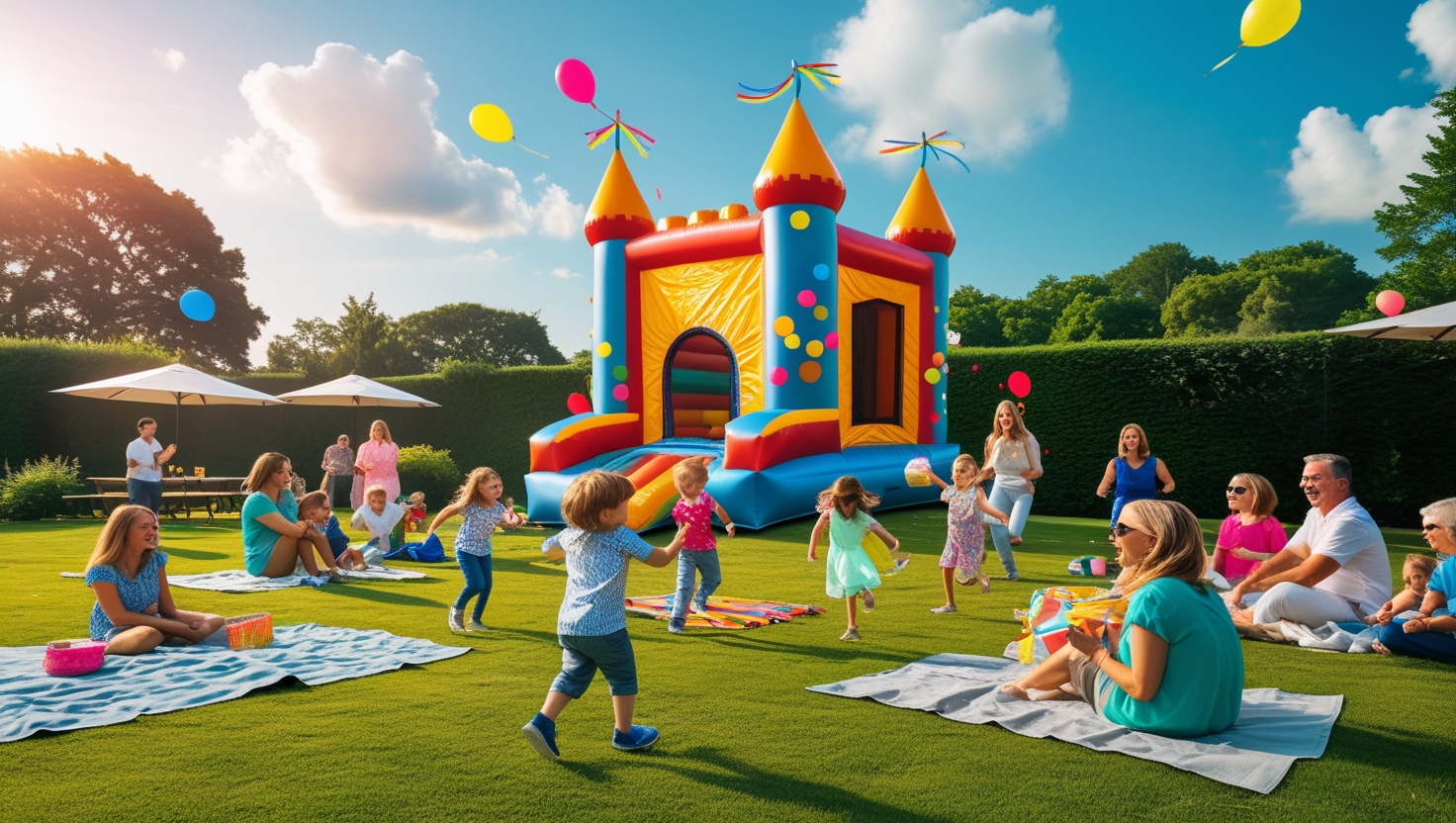
Alternatives for Sloped Surfaces
If placing a bouncy castle directly on a slope is unavoidable, consider these alternatives:
Custom-Built Platforms
Hire a professional to construct a temporary platform that levels the surface. These platforms can be made of wood or metal and are tailored to the specific dimensions of the bouncy castle.
Inflatable Leveling Systems
Some modern inflatables come equipped with built-in leveling mechanisms that adjust to uneven surfaces. While these systems may not be suitable for extreme slopes, they provide additional flexibility for mild inclines.
Smaller or Compact Models
Opt for a smaller bouncy castle or inflatable structure, as these are easier to stabilize and require less anchoring. Compact models are also less likely to shift on uneven terrain.
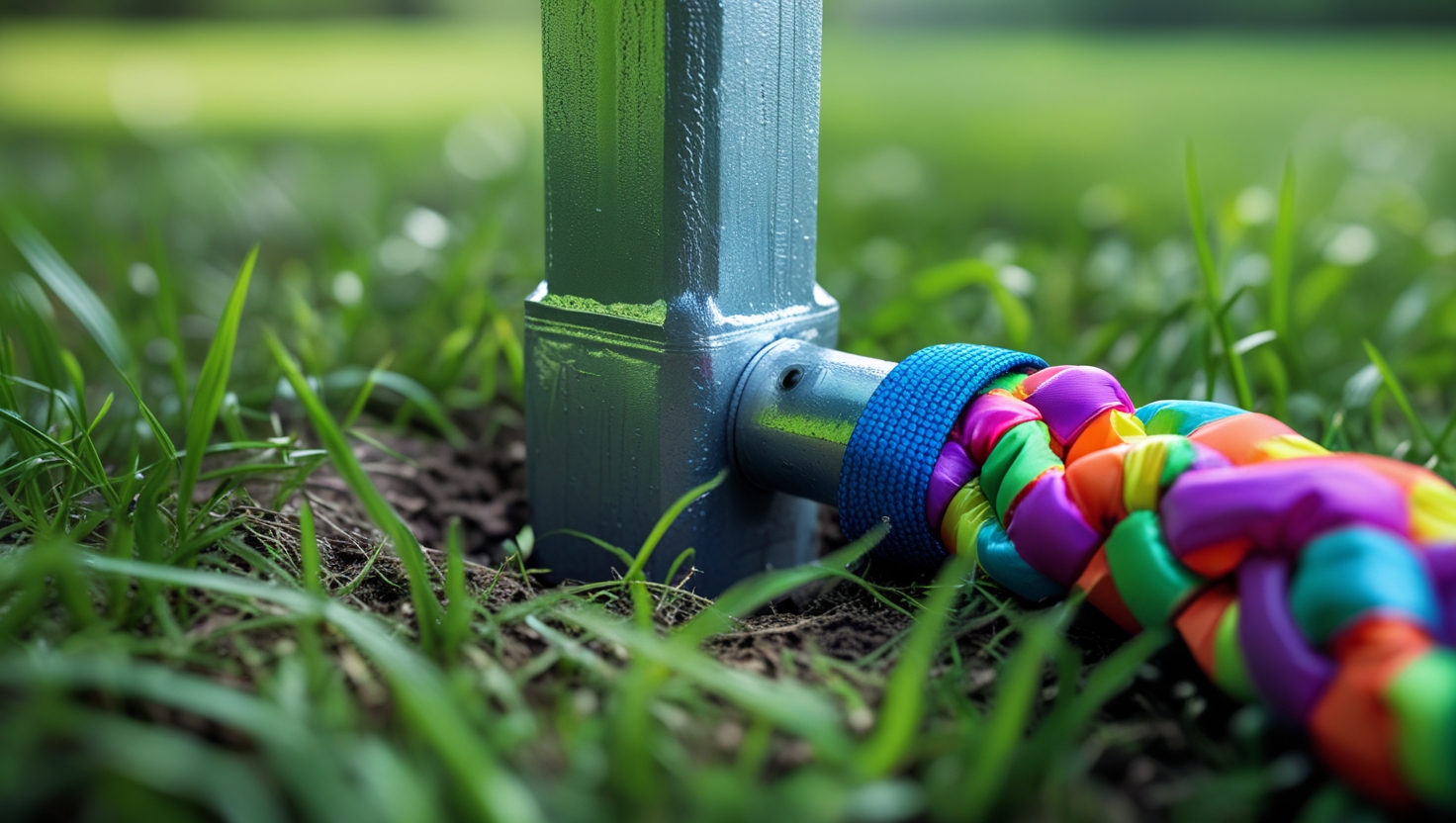
Manufacturer Guidelines and Professional Installation
Follow Manufacturer Recommendations
Every bouncy castle model comes with specific installation guidelines provided by the manufacturer. These guidelines detail the acceptable slope tolerance, anchoring requirements, and safety protocols. Always adhere to these recommendations to ensure safe usage.
Engage Professional Installers
Professional rental companies and installers have the expertise to assess the terrain and implement necessary adjustments. Their experience ensures that the bouncy castle is set up in compliance with safety standards, even on challenging surfaces.
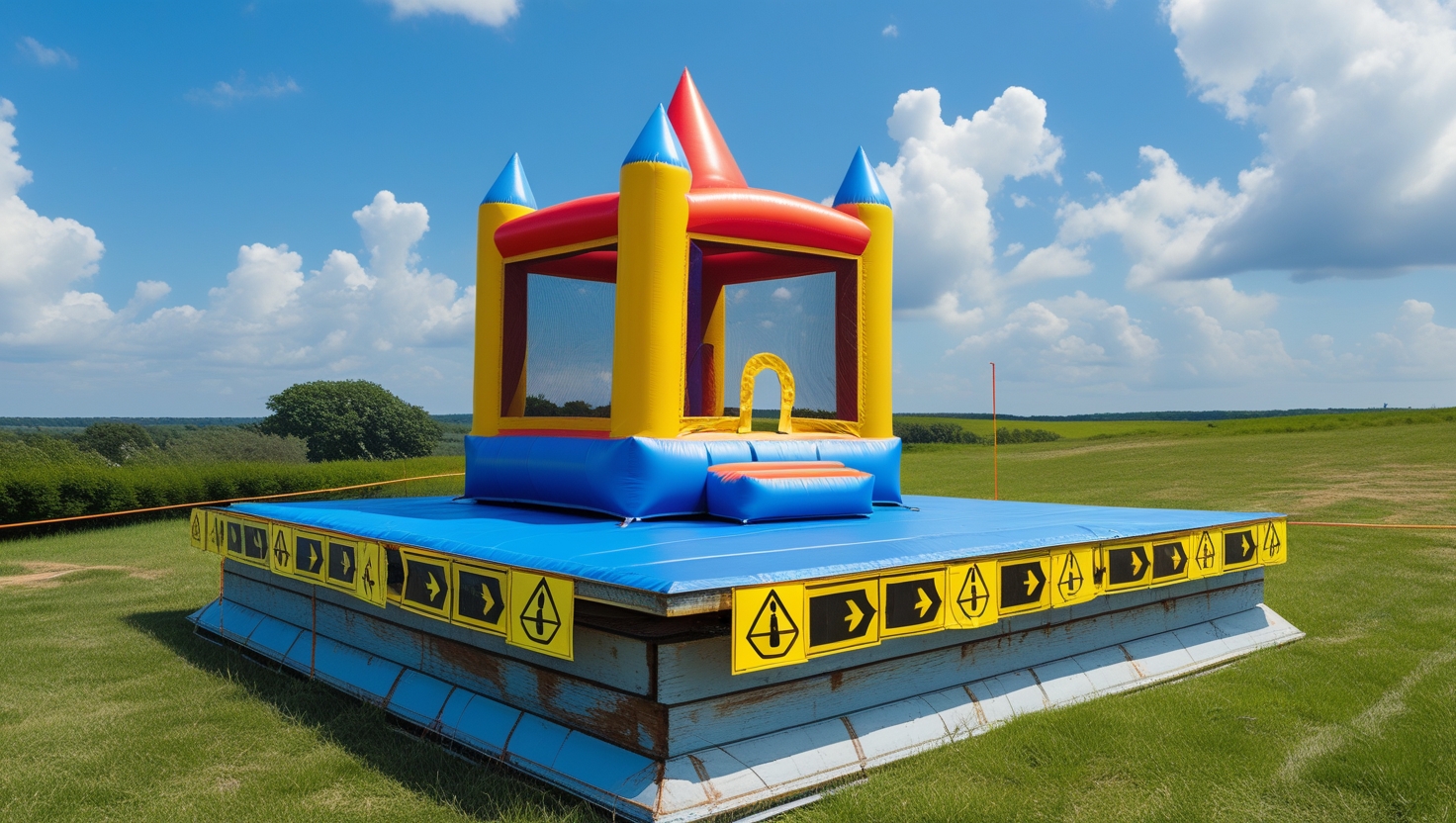
Legal and Liability Considerations
Insurance Requirements
Many event insurance policies require bouncy castles to be installed on flat, stable surfaces. Installing on a slope without proper precautions may void your coverage, leaving you liable for any accidents or damages.
Local Regulations
Some regions have specific laws governing the use of inflatables at public or private events. These regulations often include stipulations about surface conditions. Ensure compliance with local requirements to avoid fines or penalties.

Practical Tips for Ensuring Safety
Inspect the Area
Before installation, thoroughly inspect the area for hazards such as rocks, tree roots, or debris. Remove any obstacles that could compromise stability.
Supervise Usage
Ensure that trained personnel or responsible adults are present to supervise the bouncy castle during use. Monitor participant numbers and prevent overcrowding, as this can exacerbate instability on a slope.
Regular Maintenance Checks
During the event, periodically inspect the bouncy castle for signs of shifting or wear. Promptly address any issues to maintain a safe environment.

Conclusion
While it is possible to install bouncy castles on mild slopes with the right precautions, prioritizing flat and stable ground is always the safest choice. By understanding the risks, following best practices, and utilizing professional guidance, you can ensure a safe and enjoyable experience for all participants.
For further assistance or to discuss your event's specific needs, we recommend consulting a reputable bouncy castle rental company. Their expertise can help you navigate the challenges of setting up on uneven terrain while prioritizing safety and fun.
undefined
undefined
undefined
undefined
undefined
undefined
undefined
undefined
undefined
undefined
By: